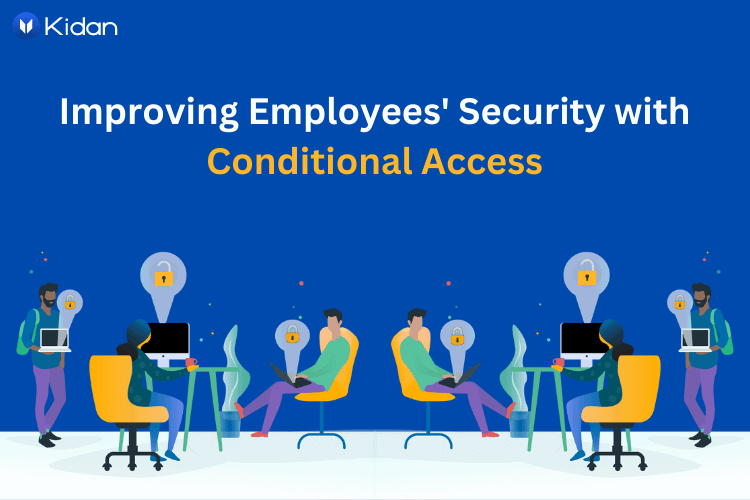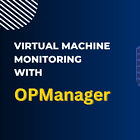Traditional workplaces are no longer an option for employees in the post-lockdown era. Employees demand complete access to their work resources when working remotely, making remote and hybrid work the new standard. To access business data, they could also utilize various devices, including their own with conditional access.
Given all the variables, it is a challenge for IT to guarantee the security of company data while granting users access to the resources they require. Strict security measures like Multi-factor Authentication (MFA) are necessary due to distant users’ susceptibility to cyberattacks. Even though rigorous MFA regulations assist in safeguarding remote logins, they may be an unnecessary inconvenience for users who are based on-site.
The best solution for this problem is implementing conditional access policies throughout the company. Applying conditional access policies throughout the company has seen the most successful cases of solving this problem.
So, what is conditional access & how is it used?
Conditional access is the use of context-based network access rules that change the level of security checks performed on incoming connections based on several factors, such as:
– Geolocation
The organizational resources to which users have access are determined by their geolocations. Preventing users from accessing areas of the network that are irrelevant to them & geographically increases local security.
– Working Hours
By limiting network reach to a user’s working hours, overall security improves, and accountability is maintained. The network accessibility is divided between business hours and non-business hours.
– IP address
Corporate-issued (known) devices on the organizational network can be set to have MFA checks upon device logon. MFA checks are applied for unknown devices when attempting to access different or unauthorized corporate resources.
– Device
Access to corporate resources is regulated based on the platform and kind of the client’s machine, ensuring that only approved and compatible resources are visible. For instance, it is possible to restrict access to crucial resources to specific business devices.
Automating the conditional access process enhances the user experience significantly by reducing the need for security precautions in risk-free circumstances. However, the following problems may occur if security settings to safeguard resources are improperly configured:
- Security configuration errors make the network open to intrusion. In fact, this has placed highly in the previous two OWASP Top 10 surveys and is one of the leading causes of the escalating costs of data breaches throughout the globe.
- When unidentified devices connect to the network, security alerts cause an email avalanche.
- Frequent MFA inspections lower employee satisfaction in an already risk-free workplace.
- Inaccessible resources may cause a lot of assistance tickets at IT help desks.
An identity security program like ManageEngine ADSelfService Plus can help in this situation.
Enhancing Employee Security
ADSelfService Plus makes it easier for IT administrators to do their jobs by ensuring that MFA is used to secure corporate resources. Employers may be authenticated at the point of access using context-based criteria with an easy-to-use interface.
IT administrators can use the conditional access functionality in ADSelfService Plus by managing user access to company resources without requiring immediate IT assistance & improve the security posture of the company without compromising employee experience.
ADSelfService Plus gives end users the independence to unlock their accounts or reset their passwords without support from the IT help desk.
It doesn’t take much to streamline your IT infrastructure to ensure a more reliable and seamless employee experience. To experience for yourself what life might be like with empowered employees and a content IT crew, a fully functional demo of ADSelfService Plus is available here if you want to understand its working and benefits. You can also begin a free 30-day trial.


